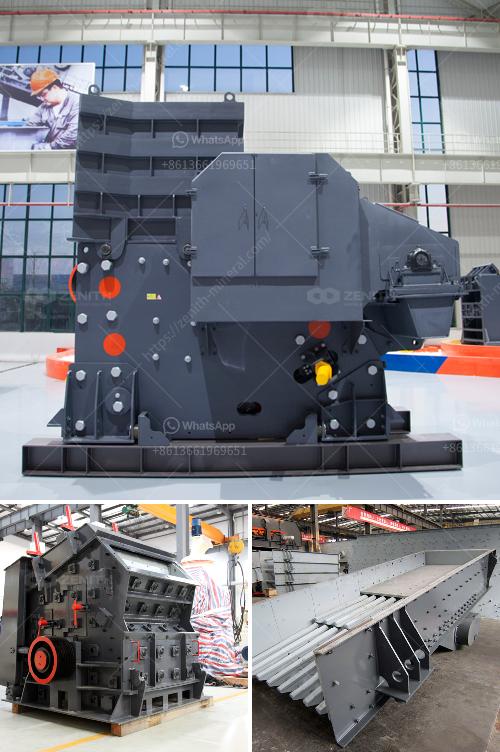Building a vibrating screen separator involves several steps and requires materials like metal, motors, and mesh screens. Here’s a general overview:
1. Design the Frame:
- Measure and Cut Materials: Use durable materials like stainless steel or aluminum for the frame. The size should match your intended use.
- Weld or Bolt Frame: Assemble the frame using welding or bolts to ensure stability and strength.
2. Select and Attach the Motor:
- Motor Specification: Choose a motor that matches the required vibration intensity and screen size. A common choice is an eccentric motor.
- Mounting Bracket: Install a mounting bracket on the frame to hold the motor securely.
- Attach Motor: Fix the motor to the mounting bracket.
3. Design the Screening Surface:
- Choose Mesh Size: Select the appropriate mesh size for your application. Finer meshes are ideal for smaller particles.
- Secure the Mesh: Stretch the mesh over the frame and secure it firmly, making sure there are no wrinkles. Use clamps or a tensioning system.
4. Vibration Mechanism:
- Eccentric Weights: Attach eccentric weights to the motor shaft to create the necessary vibrations.
- Adjustment: Adjust the position and weight of the eccentric weights to change the vibration pattern and intensity.
5. Mounting Springs:
- Spring Selection: Use durable springs that can withstand continuous vibrations.
- Mount Springs: Attach springs between the frame and the base to allow flexible movement. Ensure an even distribution around the frame.
6. Base Assembly:
- Stable Base Construction: Build a stable base to reduce transmission of vibrations to the ground.
- Attach Frame to Base: Secure the vibrating frame to the base using the mounted springs.
7. Control System:
- Install Controls: Set up an electrical control panel for starting and stopping the motor. Include speed control if variable vibration intensity is needed.
- Safety Features: Add emergency stop buttons and safety guards as necessary.
8. Testing and Calibration:
- Initial Testing: Power up the separator and test for proper function. Look for even vibration and optimal material separation.
- Adjustments: Make necessary adjustments to the motor speed, eccentric weights, or mesh tension to improve performance.
- Regular Maintenance: Inspect and maintain the equipment regularly to ensure long-term functionality and safety.
Safety Precautions:
- Wear appropriate protective gear.
- Ensure all electrical connections are secure and safe.
- Avoid placing body parts near moving components during operation.
Materials and Tools Needed:
- Metal sheets or rods (for frame)
- Mesh screen
- Motor and eccentric weights
- Springs
- Welding tools or bolts
- Control panel
- Clamps and tensioning tools
- Safety gear (gloves, goggles, etc.)
This is a high-level guide and the specifics can vary greatly based on the application, size, and desired throughput of the vibrating screen separator. Consulting with a mechanical engineer or industry expert is recommended for more detailed planning and precision work.


